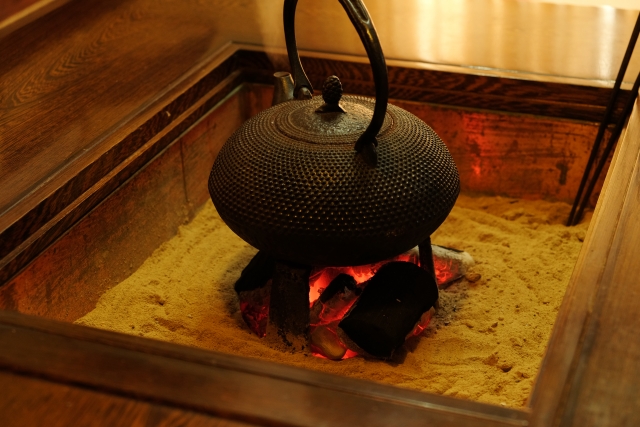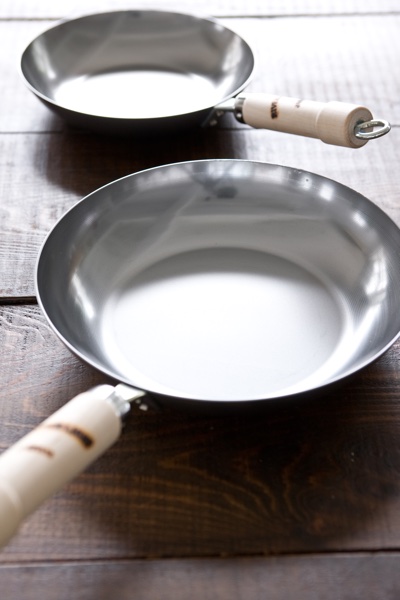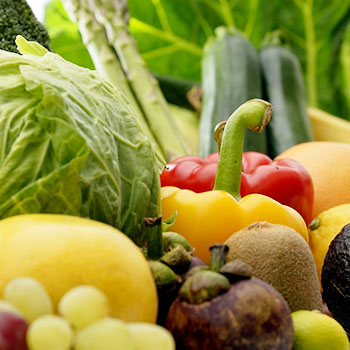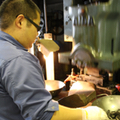The story of Cast Iron, Steel, and Pure Iron
The Process by Which Cast Iron and Steel Are Made
Iron ore and coke is put in a blast furnace, then pig iron is taken out while preserving its highly heated state.
This pig iron still contains many substances other than iron (Fe).
The pig iron is then transferred to the converter furnace, where it undergoes a process to reduce the amount of these various other substances.
This is how cast iron and steel are made.
Now let's go over the differences between cast iron, steel, and pure iron based on the amounts of the various substances they contain.
(1) Cast Iron
Contents of Cast Iron
Iron that has a C (carbon) content of 2.06% to 6.67% is called "cast iron".
In general, pots and pans are made with a kind of iron known as "gray cast iron", which, allowing for a margin of error, usually contains around 3.52% carbon (C), 1.68% silicon (Si), 0.38% manganese (M), 0.089% phosphorus (P), and 0.021% sulfur (S).
Therefore, since 100 - (3.52 + 1.68 + 0.38 + 0.089 + 0.021) = 94.31, the amount of Fe (pure iron) contained in cast iron is 94.31%.

As its name suggests, cast iron is often used for casting (foundry) products.
In Japan, such products include Nanbu Ironware and Takaoka Ironware, while the United States has Lodge and France Le Creuset.
Casting products are brittle, so they can crack and break under strong impact, which in turn means they must be made with a certain amount of thickness.
This thickness also results in casting products being quite heavy; however, it also means they excel as insulators, making them exceptionally well-suited as pots.
(2) Steel
If we use a converter furnace to further reduce the amount of impurities in cast iron, we then enter steel territory.
Let's begin with some basic properties of steel.
As an industrial material, steel is exceptionally strong in strength and is widely available, which means it has many diverse applications. Depending on the application, there are many high-quality standard materials.
Now let's go over the Japanese Industrial Standards (JIS) for the kind of steel plate that we at River Light use to make our frying pans.
Contents of River Light's “SPCC (Steel Plate Cold Compressed)-SD”
0.15% or less C (carbon), 0.60% or less Mn (manganese), 0.100% or less P (phosphorus), and 0.035% or less S (sulfur).
From this, SPCC-SD contains 99.115% or greater amounts of Fe (iron).
The "SD" means that it possesses a dull (matte) finish.
As you can see from this data, it is clear that steel contains significantly more iron (Fe) than cast iron, a fact that is evident just by looking at its manufacturing process.

In other words, as we go from iron ore ⇒ pig iron⇒ cast iron ⇒ steel ⇒ pure iron, the amount of iron (Fe) goes up steadily.
Incidentally, 100% iron refers to iron that has had all other substances removed completely; however, such iron is not actually manufactured.
Why then are some products labeled as "pure iron"?
In those cases, the iron used is a special industrial material or high quality alloy material.
But even here, their purity is no more than 99.90% to 99.95% iron, not 100%.
This kind of iron is also manufactured using by a special, non-converter furnace based method.
All sorts of research and improvements have been made to iron over the course of its role in our lives, as it has been applied to create buildings, bridges, machine tools, airplanes, ships, automobiles, trains, cutlery, and of course frying pans. In the future, steel is certain to continue supporting all aspects of human life.
And in cases where large masses of iron are called for, along with its exceptional insulating properties, cast iron is there to fit the bill.
And with that, we hope you now better understand about cast iron, steel, and pure iron, and how each of them are used in various aspects of our lives.



 KIWAME PREMIUM
KIWAME PREMIUM